This is the beach at the very end of the road you’ve been searching for. Literally, Ke’e Beach is at the end of the last road in Kauai. It’s paradise found, at the edge where civilization and wilderness meet.
Many visitors to Kee Beach hang out near the lifeguard station and the protected lagoon, a popular spot for snorkeling. Hike farther down the beach and you might be the only person in sight. There is also a hidden part of Ke’e Beach that few visitors know about, and also an old caretaker’s cottage if you know where to look.
There is plenty of shade at Kee Beach when you want a break from the sun. Exposed tree roots at the back of the beach add an extra flair. Above the berm at the back of the beach is a lightly forested area with a trail. Use the trail to go farther down the beach if you don’t want to slog through the sand.
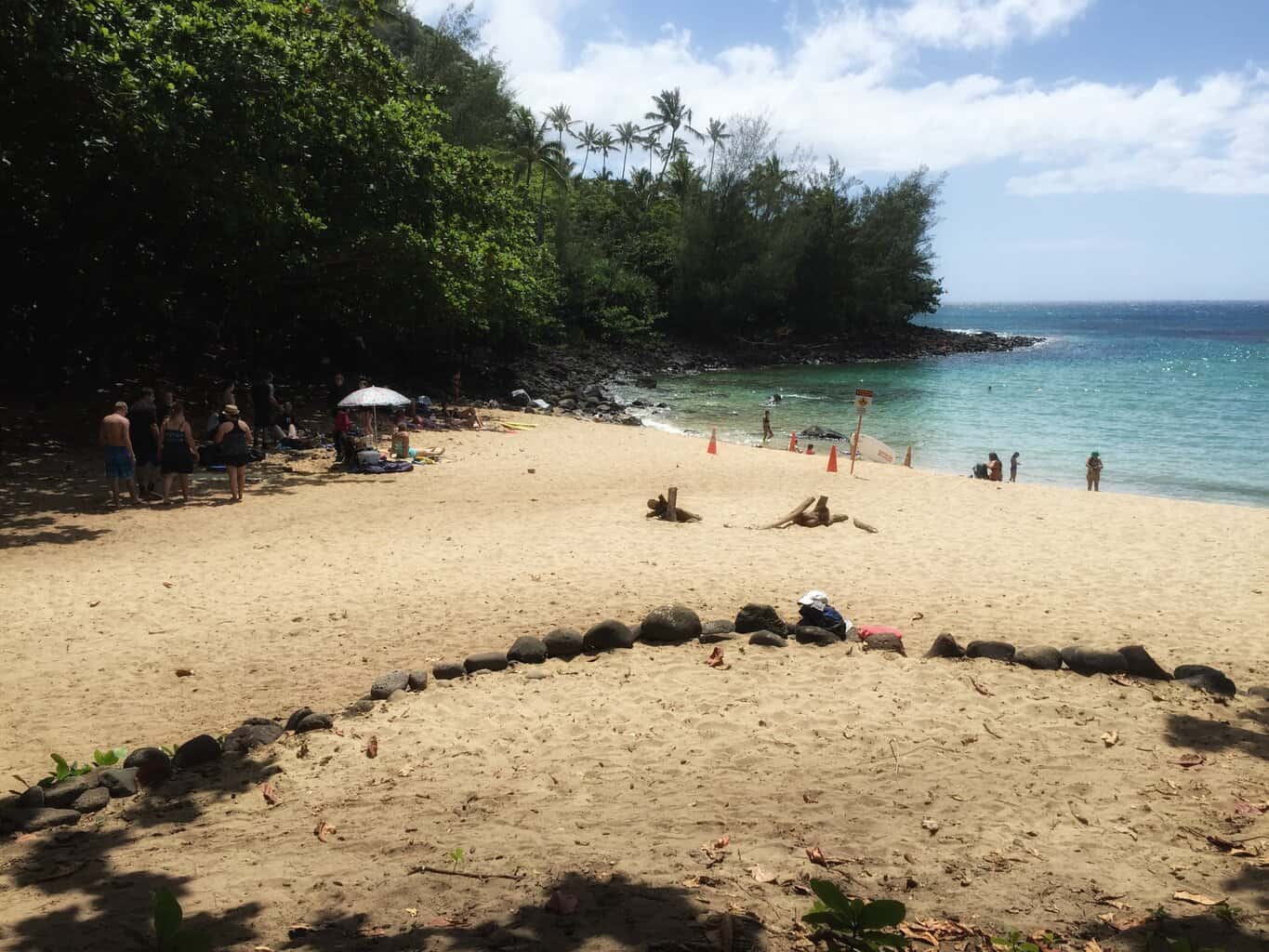
The famed Kalalau Trail begins at the western end of the beach. A ten-minute hike up the first part of the trail reveals a great view of Ke’e Beach.
Unfortunately, a permit is now required to visit Kee Beach. Restrooms, outdoor showers and water fountains are located near the entrance to Ke’e Beach. There are no restaurants or food stands so bring your own food and drinks. The beach is open during daylight hours. Lifeguards are present at the beach.
The beach is beautiful, but potentially dangerous. A sign at the entrance should be heeded: “DANGEROUS OCEAN CONDITIONS SUCH AS HIGH SURF, STRONG CURRENTS, SUDDEN DROP-OFFS, AND SHARP, SLIPPERY CORAL CAN CAUSE DANGEROUS SWIMMING CONDITIONS. USE CAUTION AND COMMON SENSE. CARELESSNESS HAS COST LIVES.”
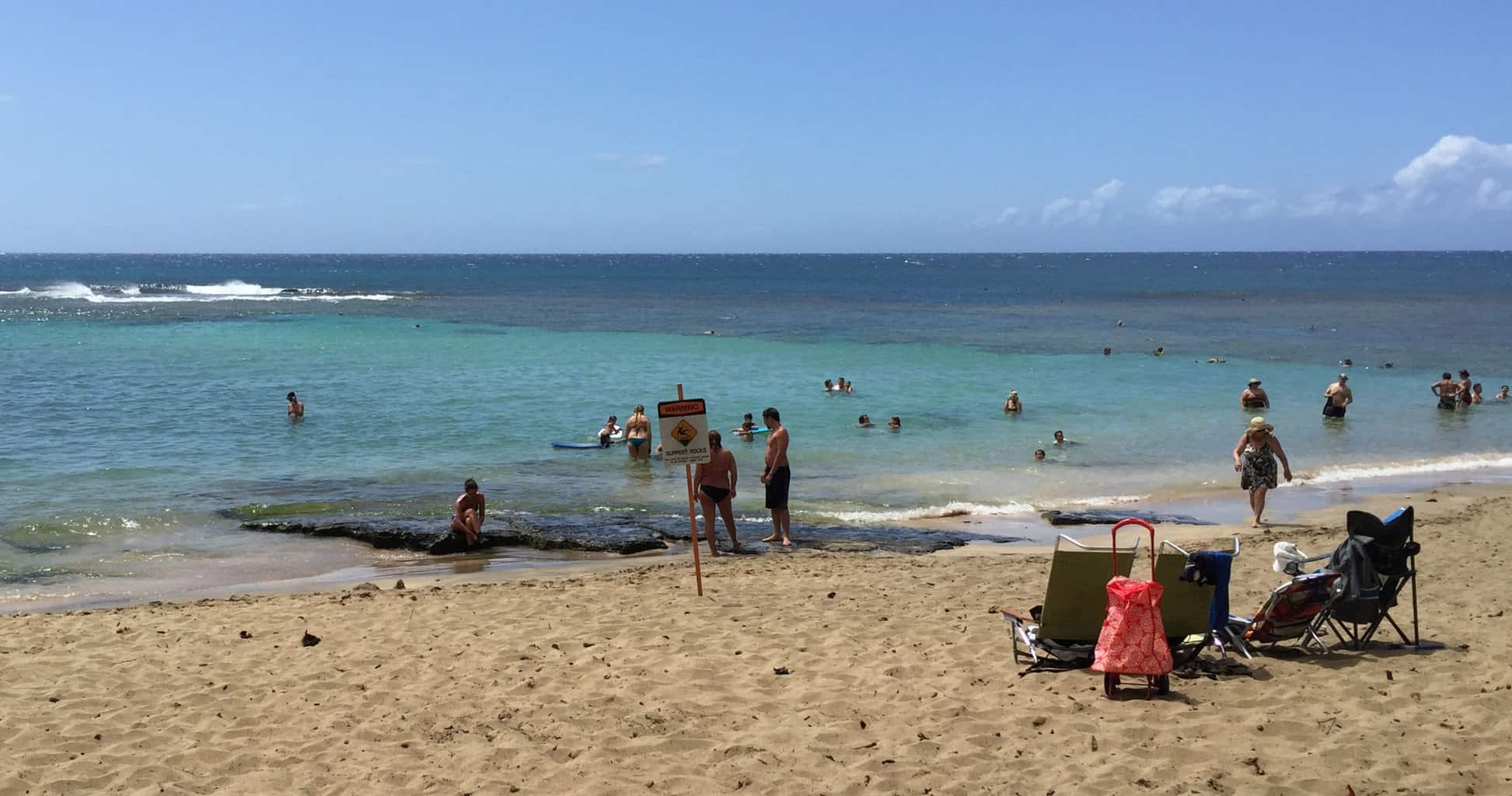
This sign doesn’t lie. More than a few have lost their lives at Ke’e Beach. Nevertheless, the beach boasts a protected sandy lagoon that is perfect for snorkeling and swimming, especially in the summer months when the waters are calmer.
There’s more than meets the eye at Kauai’s Ke’e Beach. Not only is Ke’e one of the island’s most popular beaches, the area is also an important ancient Hawaiian cultural area.
On the far side of Ke’e Beach that is rarely visited, to the left of the main lagoon and around a corner, is one of the island’s most sacred spots. Above the beach in the vegetation are the locations of two ancient heiau (sacred sites). The two heiau, named Ka Ulu a Paoa and Ke Ahu a Laka, are associated with the ancient art of Hula and the goddesses Laka and Pele (see map below).
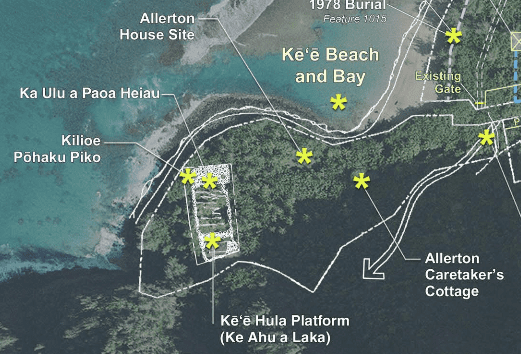
On the beach edge there is an ancient large basalt stone known as Kilioe. This stone is also a sacred site, a place where parents would put their newborn’s umbilical cord in the stone’s holes so that the child would have a prosperous life. Even today, it is said that some parents still practice the rite.
This section of Ke’e Beach has strong and powerful waves and there is likely a strong undertow, especially at the very far end next to the rock wall. Crashing waves pound this area, and the big waves are often seen in photographs of Ke’e Beach and the Na Pali Coast. It’s best to stay out of the water on this section of Ke’e Beach. On our last visit to the beach we saw a Honda engine (photo below) that had washed ashore, a testament to the beach’s powerful waves.
Though the beach has public access, the area behind the beach is off limits. Visitors should show respect and honor at this sensitive Hawaiian cultural area.
Ke’e Beach Photos
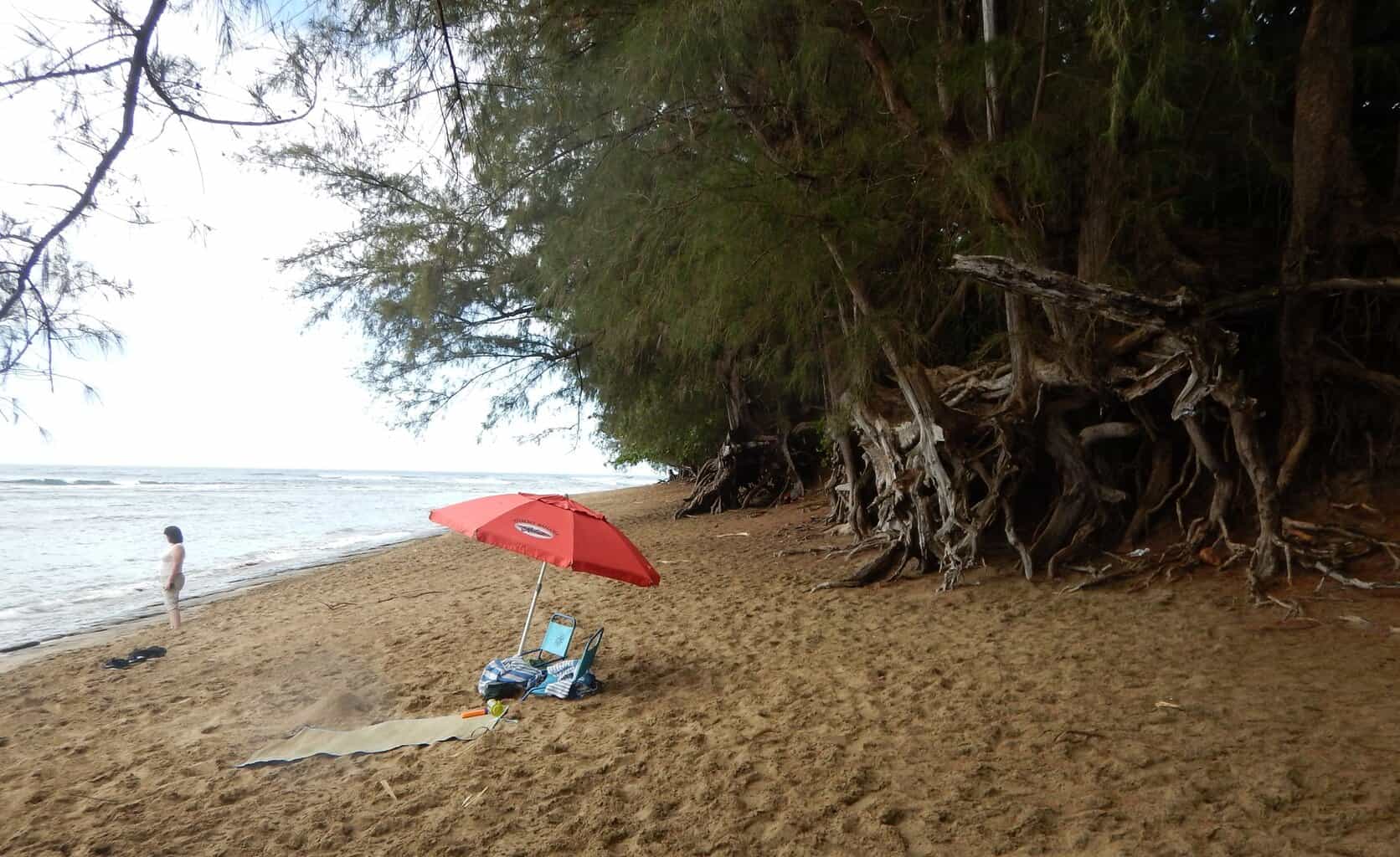
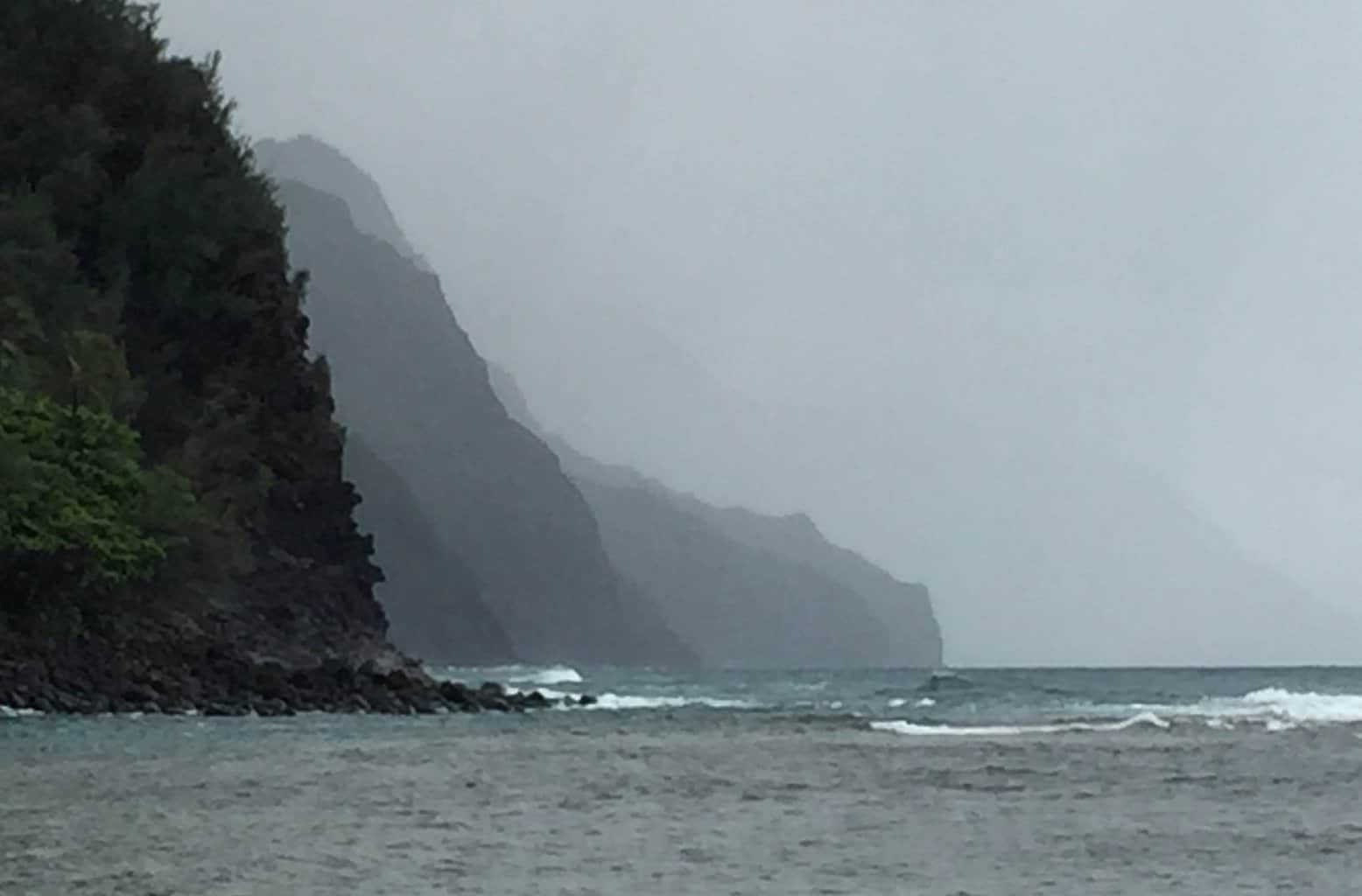
Tip: Walk down Ke’e Beach (to the right) and the Na Pali Coast comes into view (above photo).
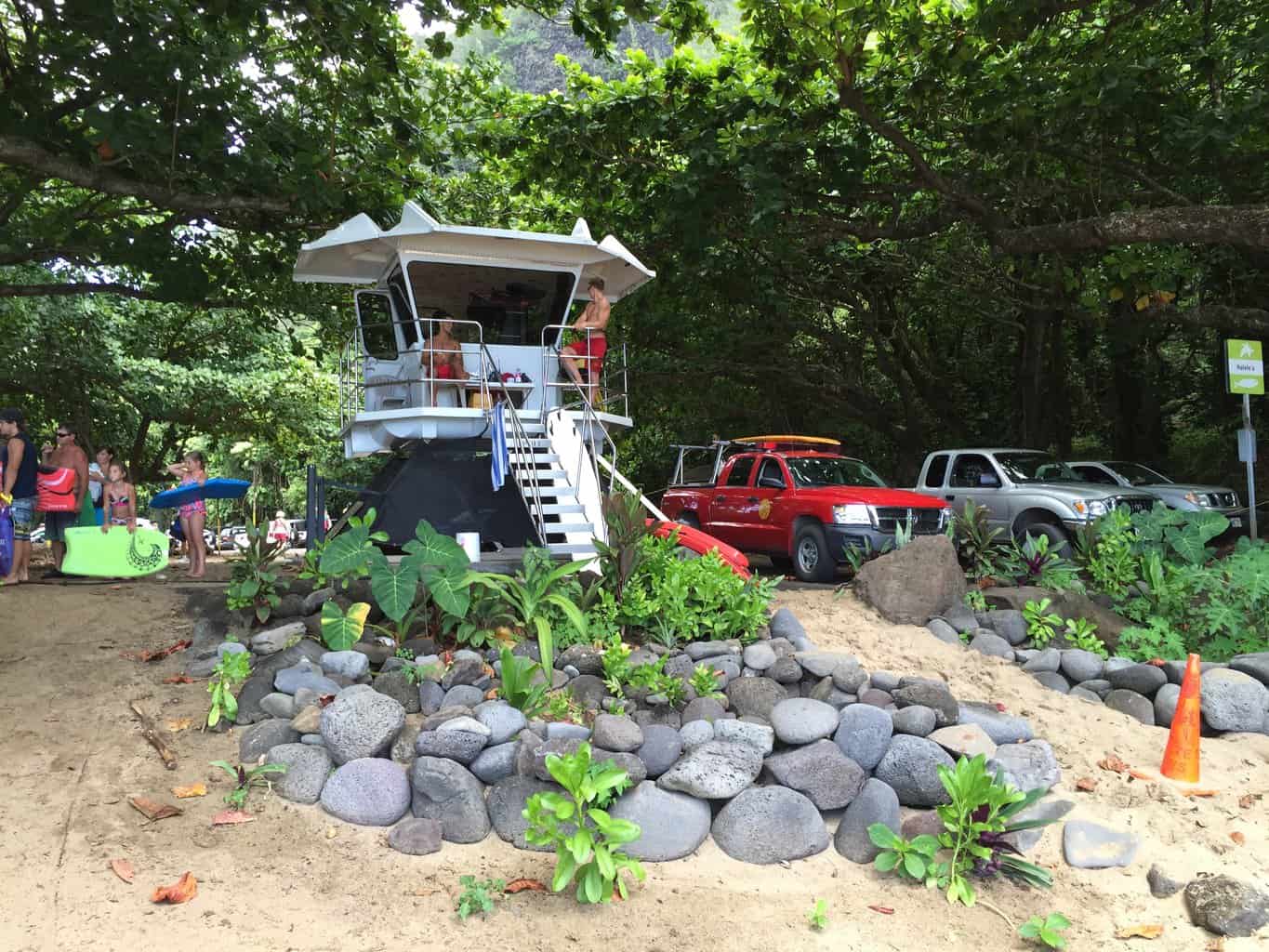
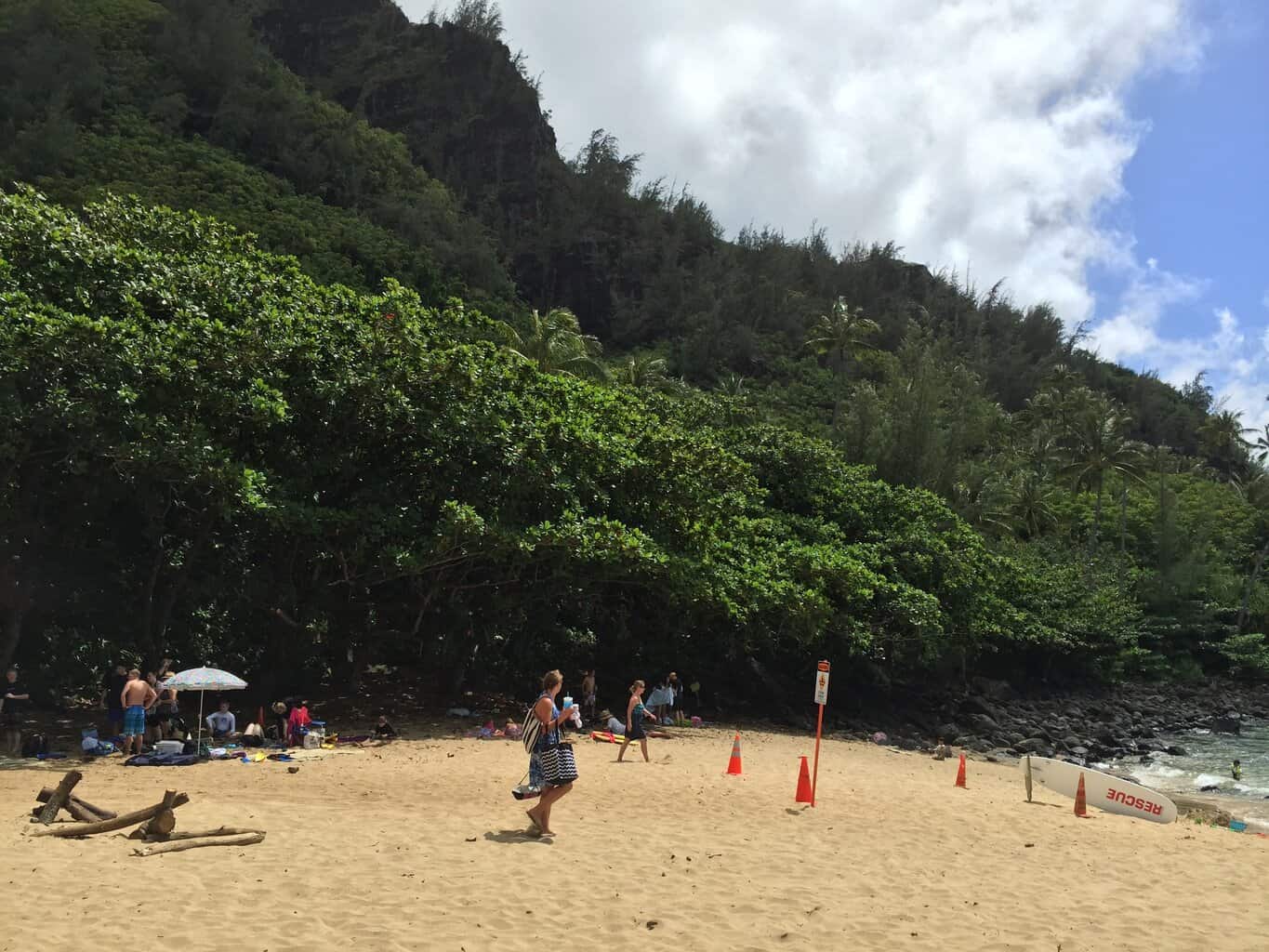
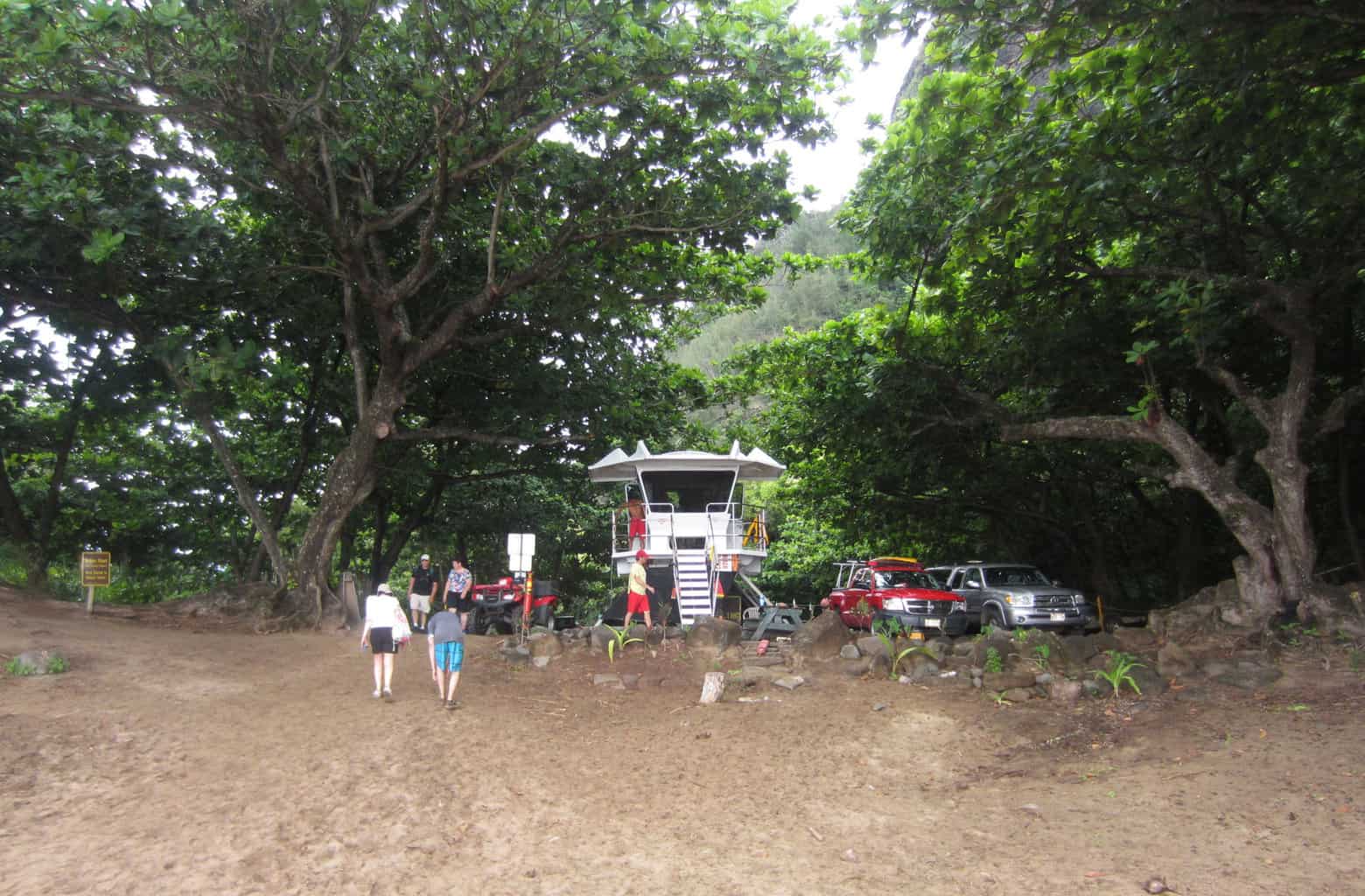
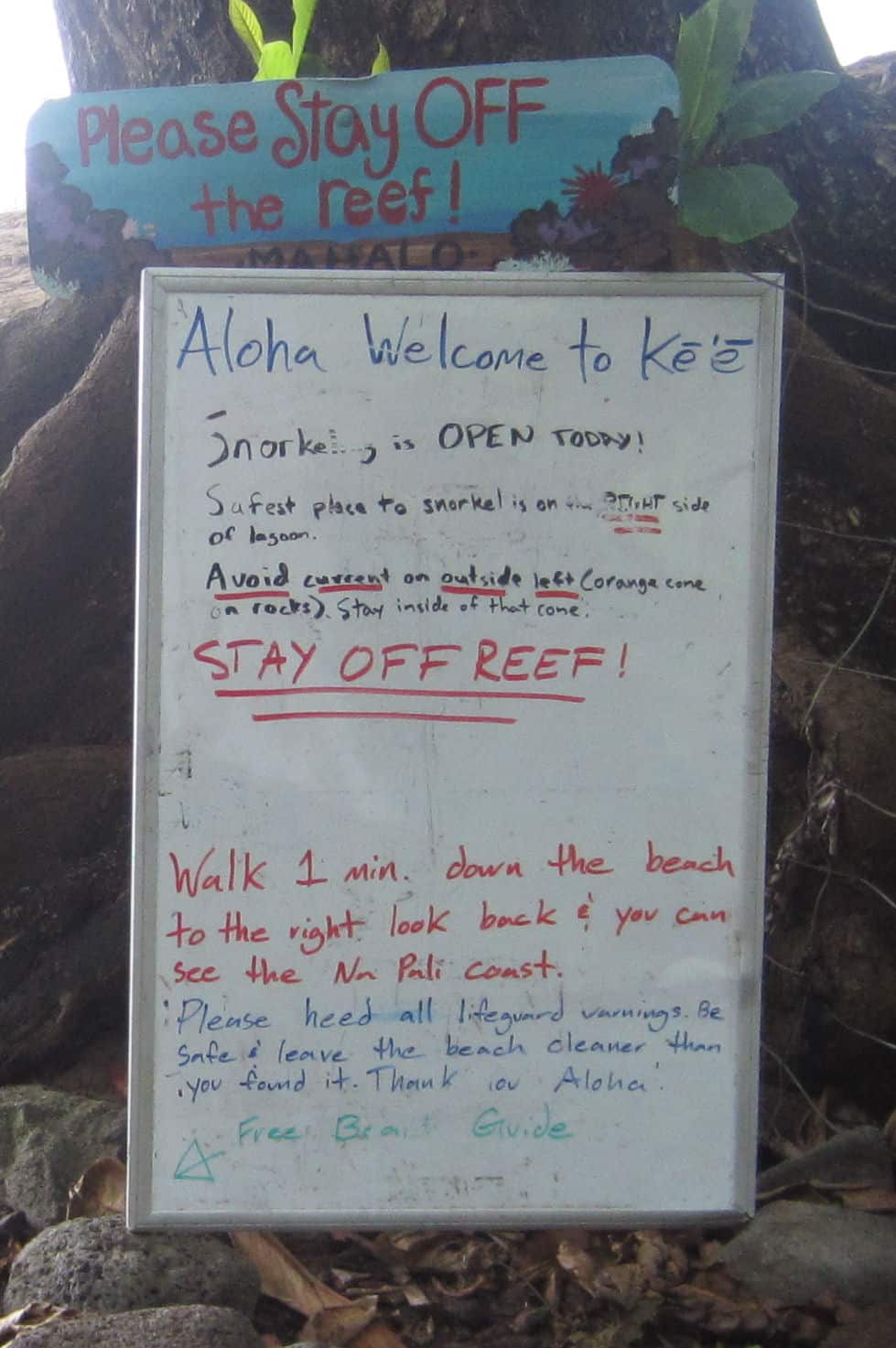
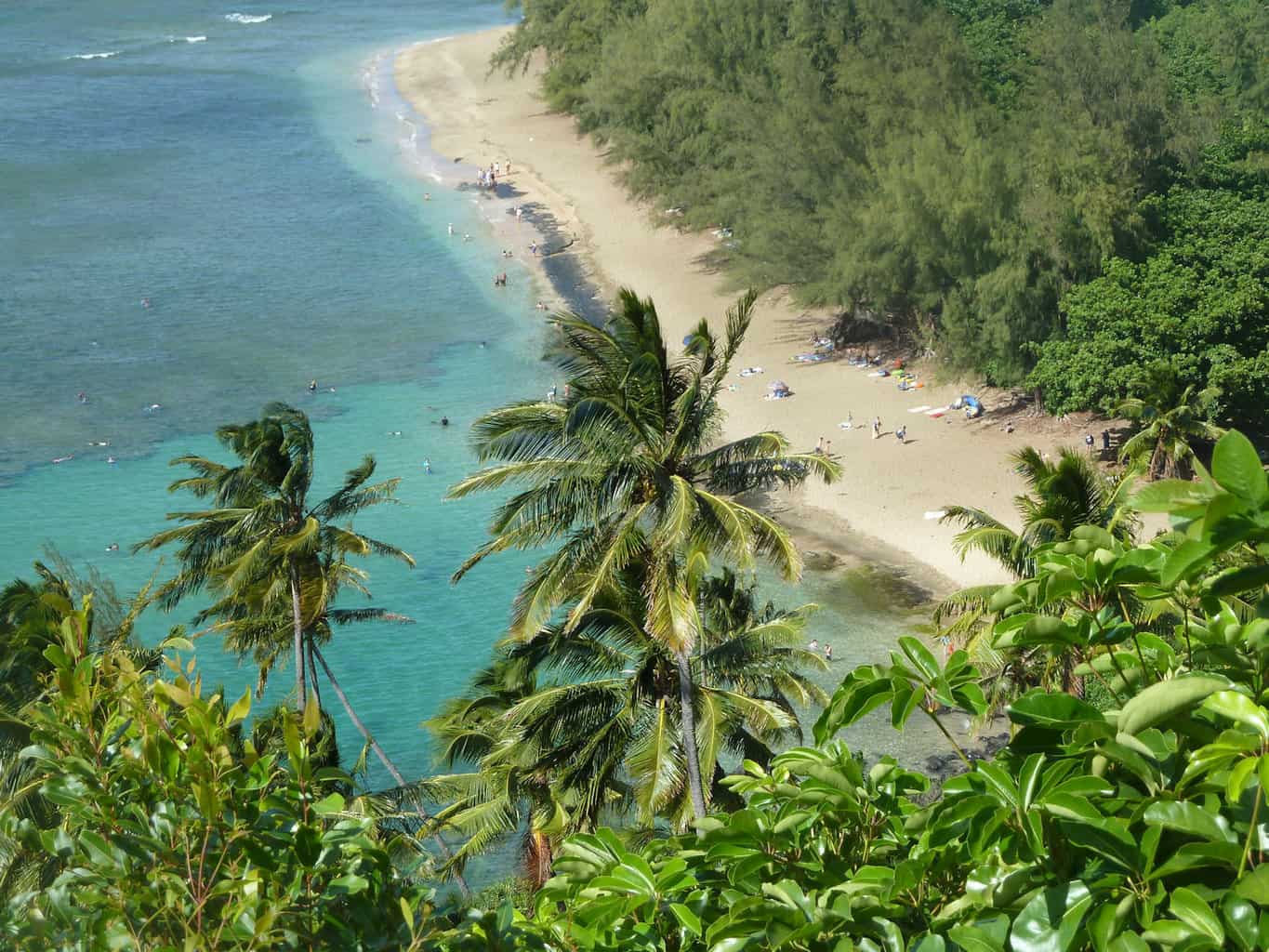
Ke’e Beach as seen from above on the Kalalau Trail.

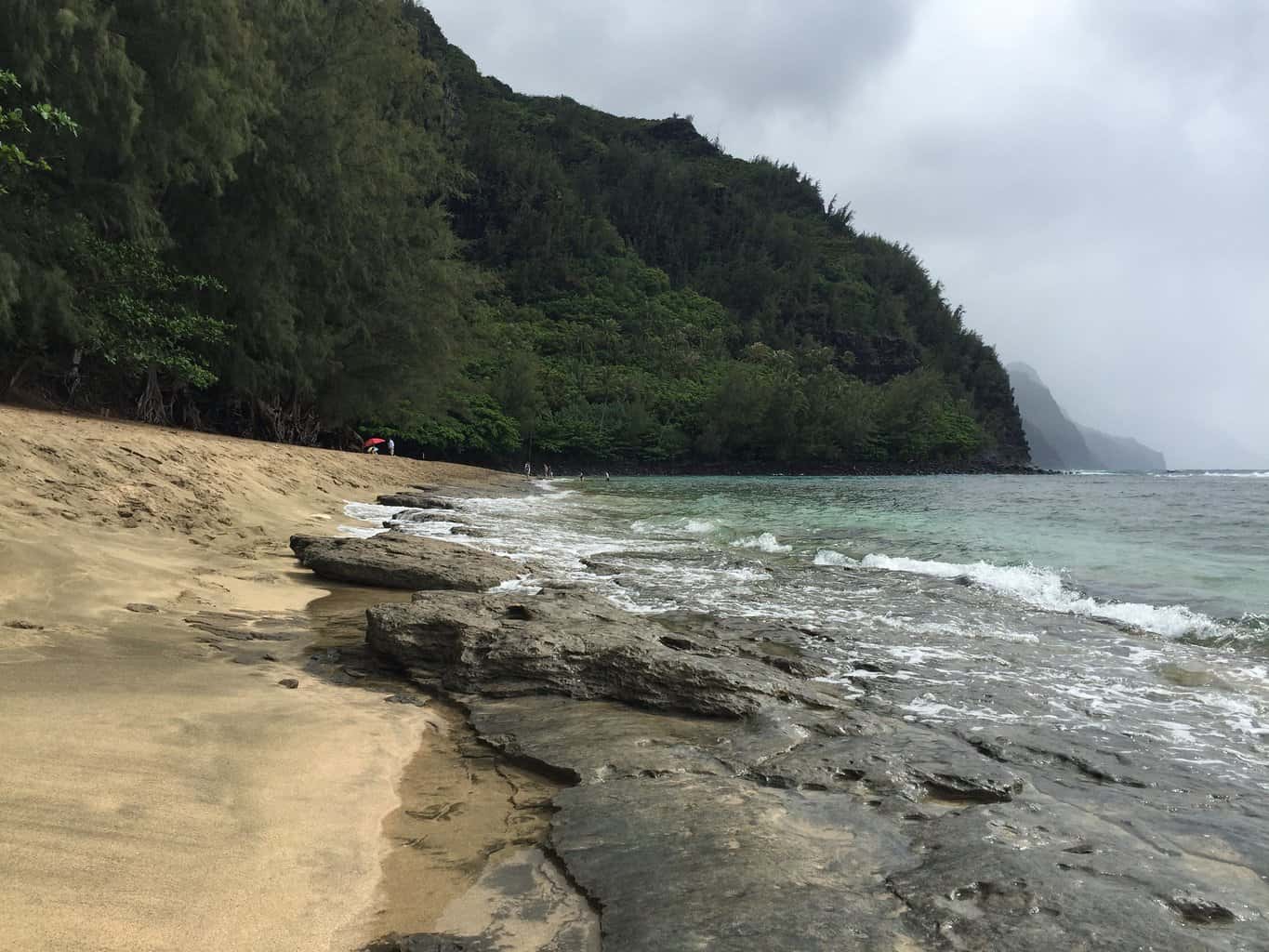
Leave a comment